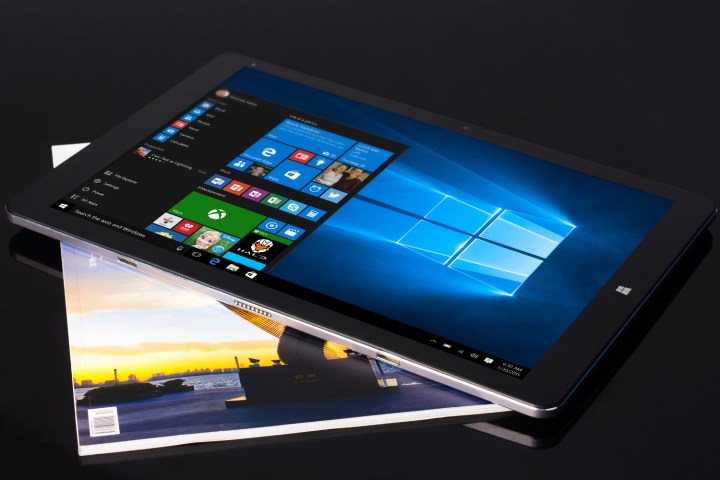
The site reports that Dona Sarker, the leader of the Windows Insider Program at Microsoft, said in a Feedback Hub post that “if the current build was released now there would be issues updating to the next one, which may require a full re-install, a less than ideal situation.” Full re-installs are never on the list of fun things to do, so this makes sense. Her post stated:
“Many of you have been asking about getting a new build this week. Unfortunately, we don’t have a good candidate to release to you right now. We have hit an issue with N + 1 updates (the update path going forward from one build to another).”
She also says that the hangup in question appears to have been resolved, and they hope to have a new build ready for this coming week (Windows Latest says it could arrive as early as this Tuesday following the completion of internal testing). Neurogadget.net says that the upcoming Build 15002, doesn’t come with dazzling new features — but there are a few new things to keep users interested. “Users have noticed a new toggle in Windows Update, which allows them to prevent drivers from automatically being updated via Windows Update, while ‘Continue App Experiences’ feature will be renamed to ‘Cross-Device Experiences.'”
Sarker’s post conveys a sense of reassurance as she continues, “We have a commitment to never leave our community in a bad state if we can help it. We certainly don’t want to release a build that would leave Insiders stuck and requiring a reinstall of Windows to get back into a good state.”
Editors' Recommendations
- Scores of people are downgrading back to Windows 10
- The next big Windows 11 update has a new hardware requirement
- Windows 11 vs. Windows 10: finally time to upgrade?
- The Surface Pro 10 sounds amazing, and it may be coming soon
- Microsoft may fix the most frustrating thing about Windows updates


